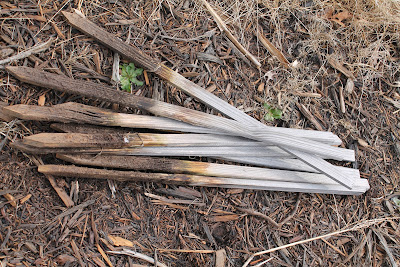There is a lot to know when it comes to raising chickens. I would have to say, for the last three years that we have had chickens. We have probably learned something new each year.
First off:
(1) They've got to be the same age at the same time.
Second:
(2) They do not like extreme heat any extreme temperatures of weather (hot or cold). So there are measures that you have to take for that.
Thirdly:
(3) They like to be together...well most of the time. (I think that all siblings, chickens or not, sqwabble a little, here & there:)
There's a lot to learn when you are living and raising up the life of the "farm".
I hope that you have enjoyed reading today!
Happy Country Livin'!
The Farmer's Assistant:)



















































